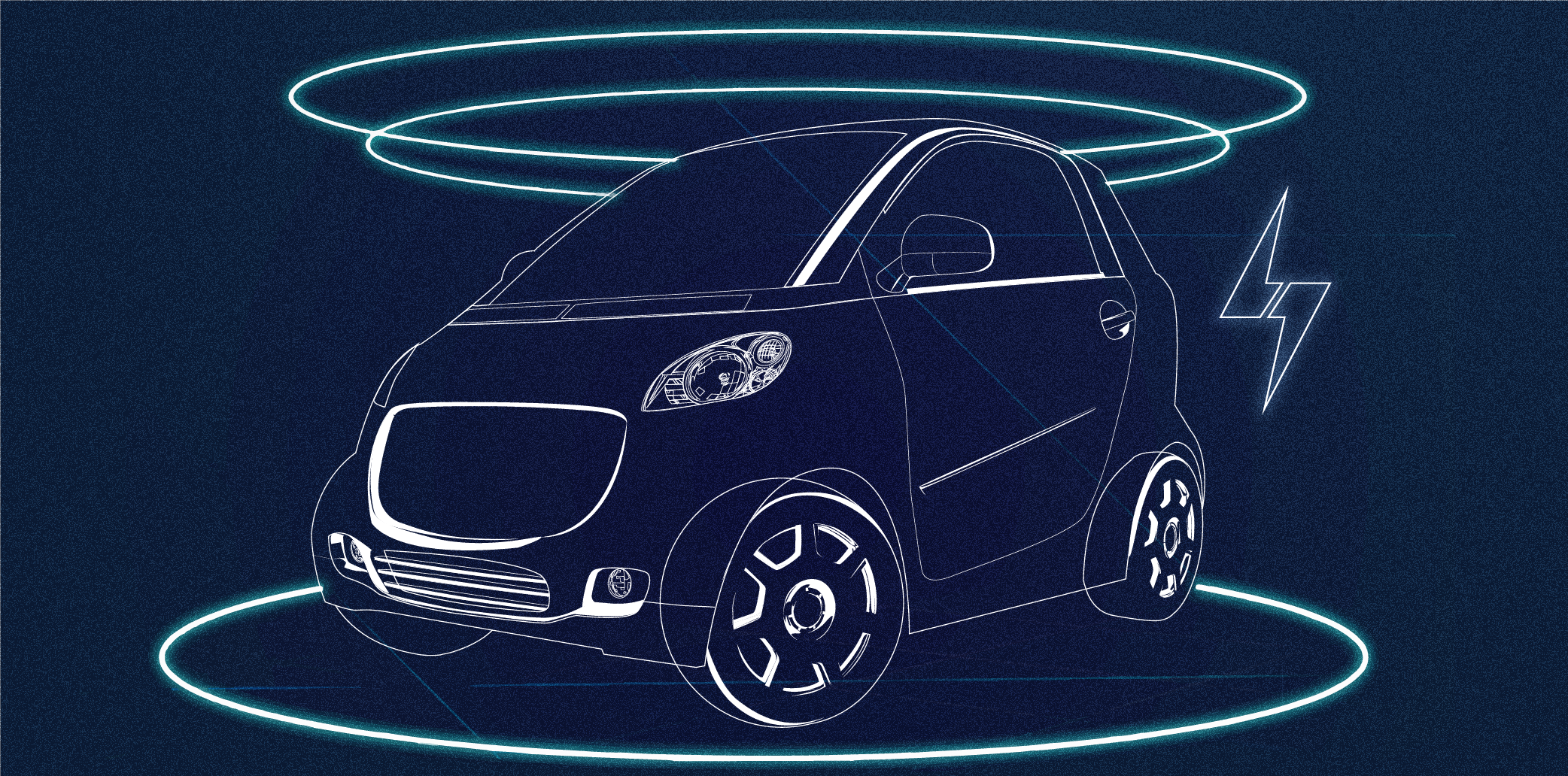Honda Motor will soon begin field testing microsized electric vehicles equipped for mapless autonomous driving as part of an initiative to develop next-generation mobility services.
Honda on Wednesday conducted a demonstration of micromobility machines. One was a single-seat minicar that looked like a shrunken phone booth. There were also a two-seat minicar as well as a four-passenger model that resembled a golf cart.
Subsidiary Honda R&D is leading the research and development of the ultra-compact EVs. The company looks to make the vehicles commercially feasible by around the end of the decade.
The EVs are being developed under the CiKoMa brand of next-generation mobility, a technology powered by spatial-recognition cameras and artificial intelligence. Honda will begin officially testing the vehicles at a campground north of Tokyo later this month.
The demonstration test will initially be conducted with four-seat EVs. Each vehicle will have one stereo camera in front, and six others placed in the front and back, which can instantly detect roadways and obstructions.
The cars will come equipped with driver support features that promote safe vehicle operation. Honda will gradually upgrade self-driving functions with the goal of making the vehicles autonomous in two to three years.
The EVs will not rely on digital maps, with AI developed by Honda R&D capable of analyzing the roads and surroundings to automatically formulate the next driving route. Honda said these are the first vehicles anywhere that can recognize roads and independently map out routes.
Using the AI, the cars can respond to passengers hailing a ride.
“The demonstration experiment with the EV minicars will improve the AI technology,” said Yuji Yasui, executive chief engineer at Honda R&D.
The minicars will have four replaceable battery packs installed under the seats, and at present are expected to have a range of 20 to 30 km on one charge. They can be started just by pressing a button on the touch panel and will not require the use of conventional accelerator or brake pedals.
The minicars travel at speeds of 10 to 15 km per hour—about as fast as a bicycle. They slow down for curves, and when approaching an intersection, a rider can choose the next direction by manipulating a joystick on the right.
“Micromobility” is a term that refers to minicars that are smaller than compact cars. They can fit one to two people and are capable of executing tight turns. Because micromobility vehicles travel short distances, it is a suitable application for EVs.
Micromobility EVs would be easily accessible by first-time drivers and the elderly. Demand is expected to be strong in rural areas and as a tool for reducing carbon emissions.
The vehicles could also serve as an alternative form of transportation for those who wish to avoid buses and subways amid the pandemic.
Toyota Motor group company Toyota Auto Body is developing the one-seat Coms electric minicar, while other major automakers, along with startups, are also joining the field.
Japan’s market for next-generation mobility, which includes micromobility vehicles and electric minicars, could grow as big as 11,350 vehicles sold in 2025, according to the Yano Research Institute in Tokyo, which would be a roughly twentyfold increase from 2020. The market is projected to expand to 102,700 vehicles in 2030.
Honda previously announced a two-seat micosized EV, the MC-beta, in 2013, and conducted proving tests until 2016. But the concept car failed to take off.
“There was little demand for micro-EVs at the time,” said a Honda representative.
This article first appeared on Nikkei Asia. It has been republished here as part of 36Kr’s ongoing partnership with Nikkei.

